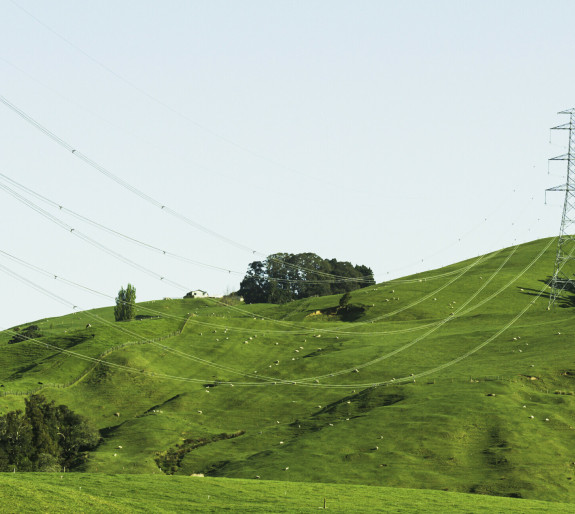Commerce Commission: 2023 input methodologies review
Date published 11 Jul 2022, 09:00 am
The Commerce Commission is reviewing the rules underpinning the regulation of airport services, electricity lines services and gas pipeline services.

Consultation overview
The Commerce Commission (the Commission) are seeking feedback on their input methodologies (IMs) – the rules and processes they set to help provide certainty about how they will regulate specific services under the Commerce Act (Part 4). The IMs apply to key components of the regulatory regime, such as how we:
- value assets
- allocate costs
- share risk between businesses and consumers
- determine how businesses are compensated for their investments.
The IMs are reviewed every 7 years. A final decision on the review is due in December 2022.
Commerce Commission consultation: 2023 input methodologies review(external link)
Our recommendations
We made a submission on the changes to the IMs that underpin the Commission’s regulation of the electricity industry. The recommendations focus on long-term planning and transparency, and allowing for technological advancements that meet future demands and climate change requirements.
We recommended:
- the introduction of a cost benefit analysis that takes a whole of life approach to network investment, allowing for the long-term benefit of a well-planned and managed electricity supply system, including:
- investment to meet decarbonisation as technology and consumer energy demands change
- network resilience with timely access to data particularly on low voltage networks, and
- allowing capacity for growth.
- the Electricity Authority control the average revenue allocation requirements
- more transparency requirements on constrained sections of networks be included, including:
- under or over voltage
- the number of premises that could not inject electricity into the network, this includes publication of 'maximum export power' for domestic consumers on section of the network
- the number of applications to connect distributed generation that were refused, and
- the sections of network that exceeded 75% of its rated capacity.
- more requirements that allow for technological advancements and flexibility that ensures networks are keeping pace with change. This includes:
- meeting our climate change requirements
- allowing more flexibility for 'embedded networks', and
- meeting future demand.